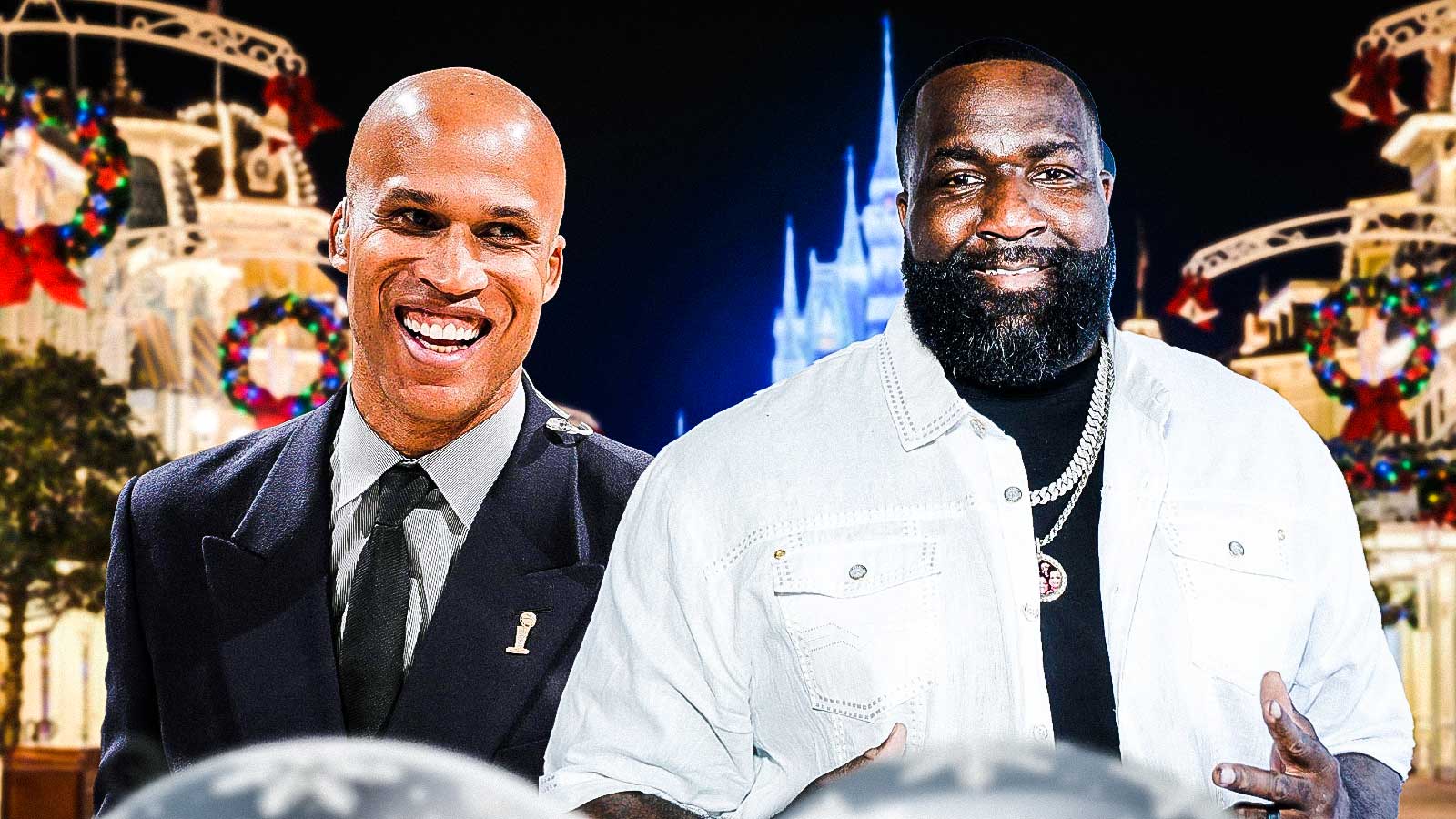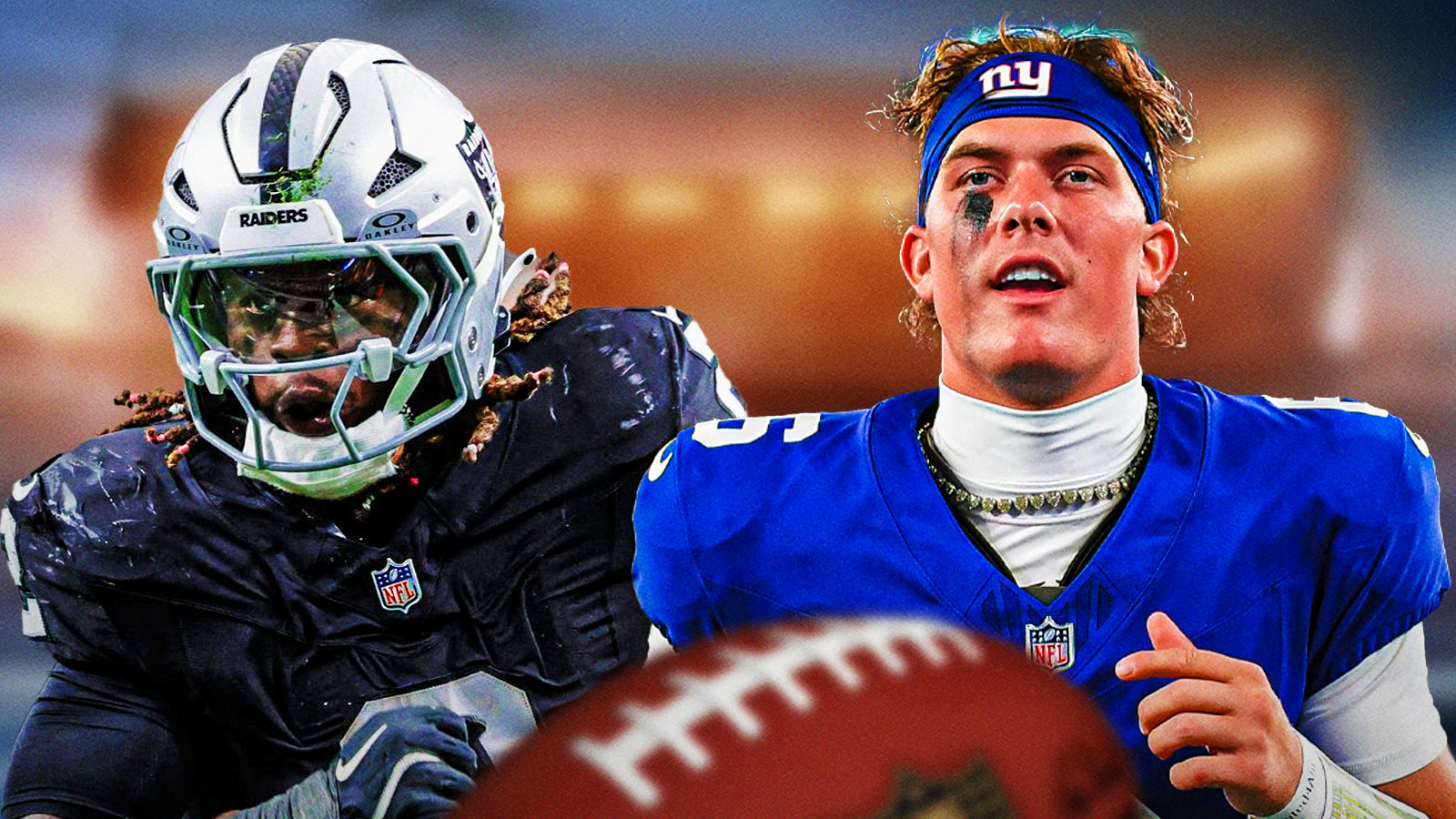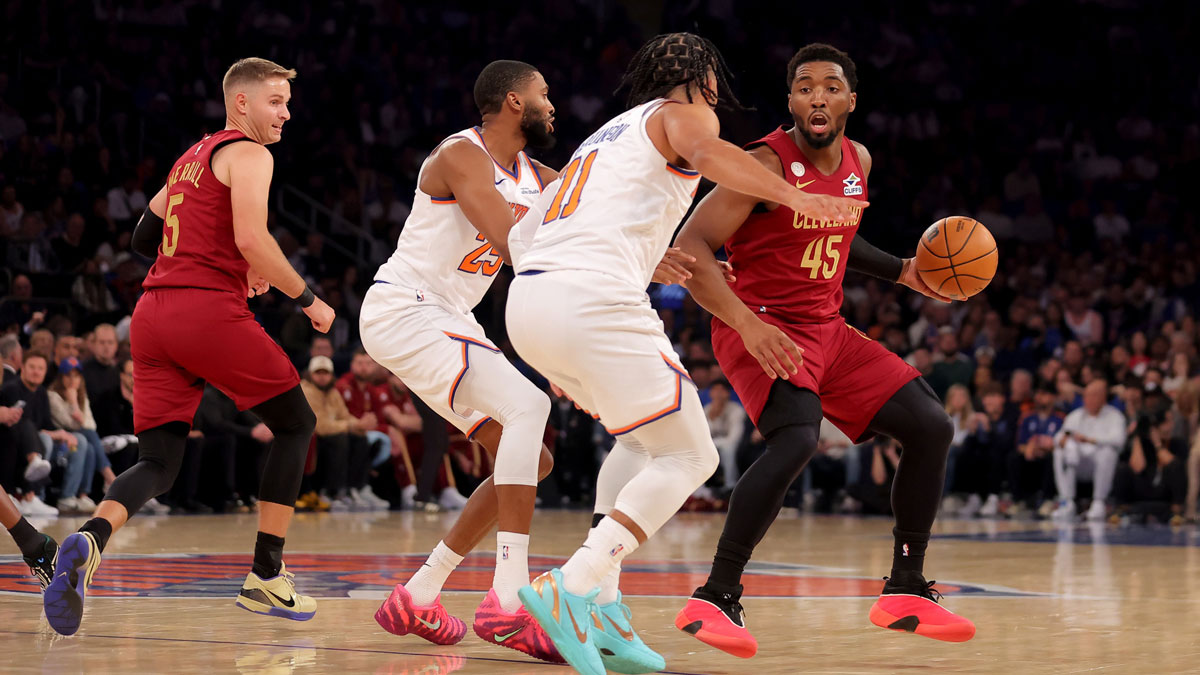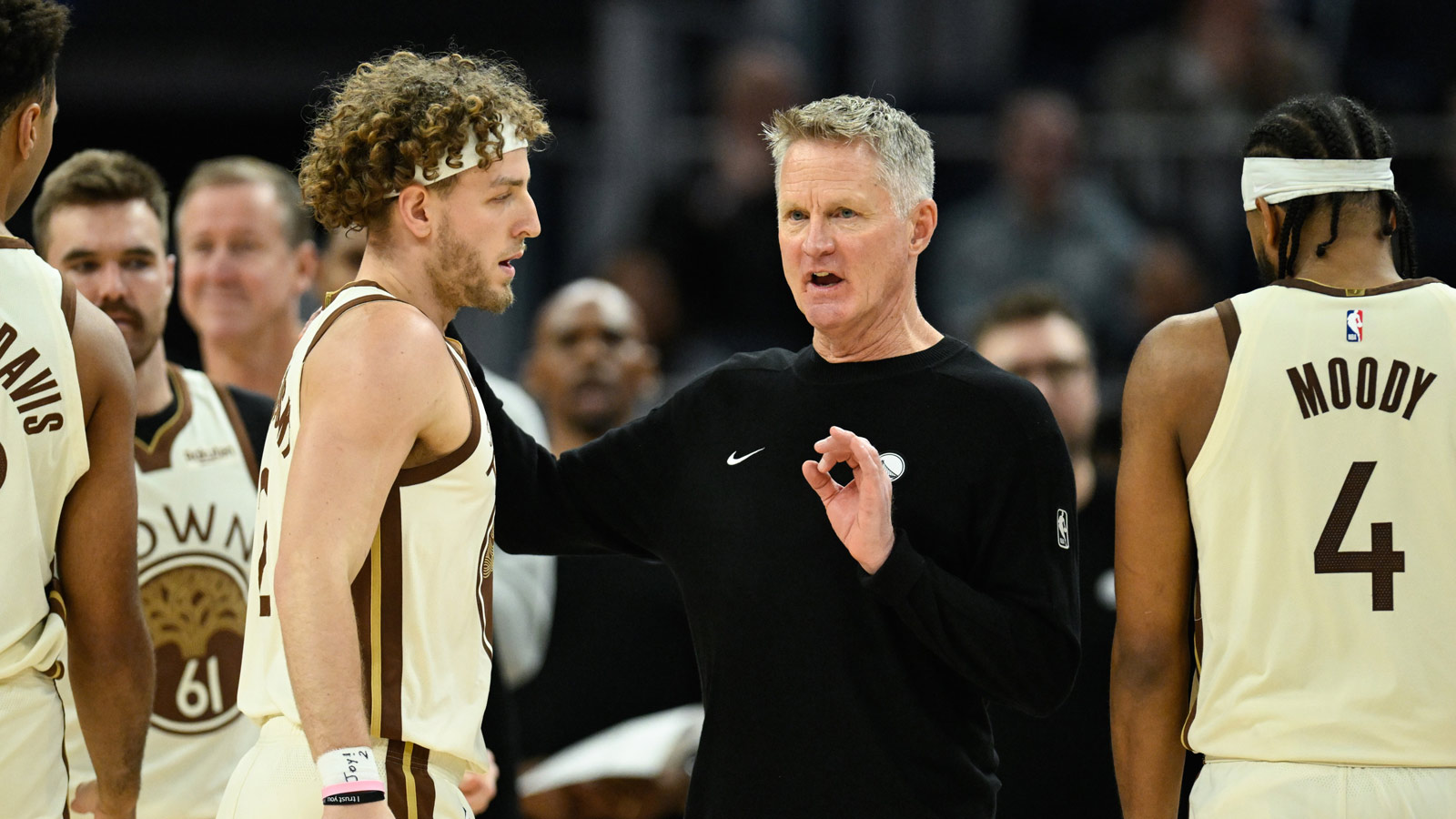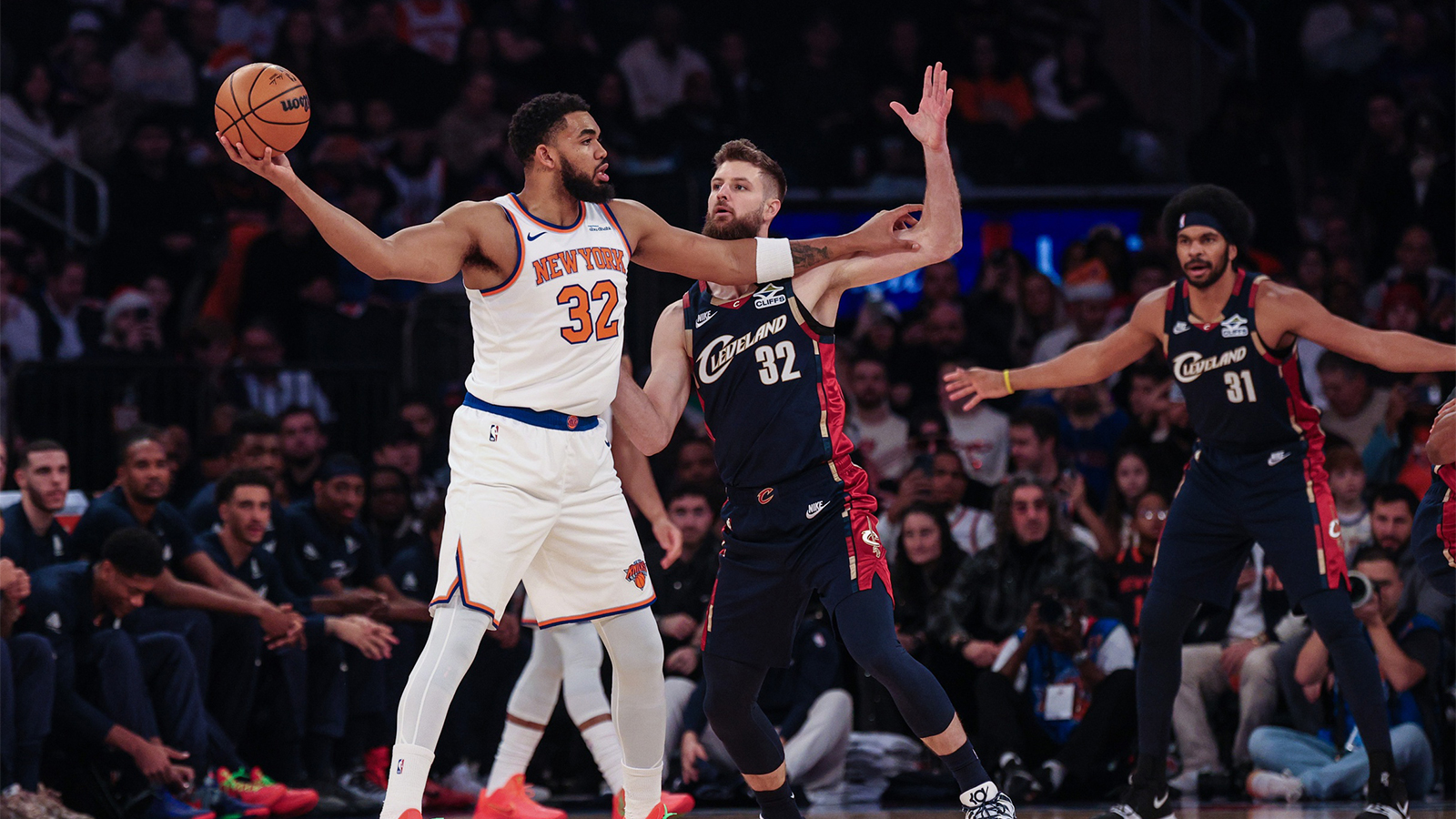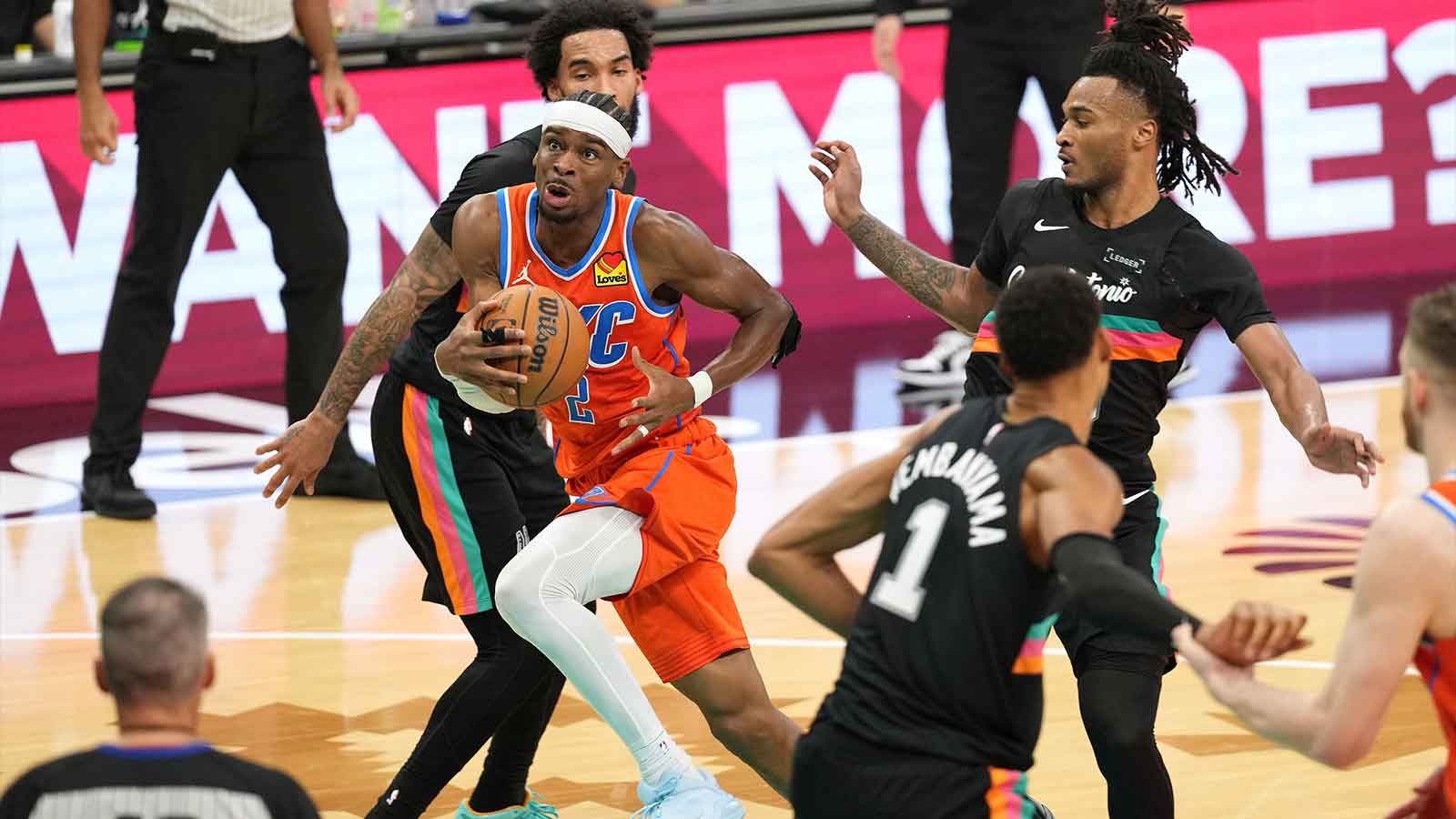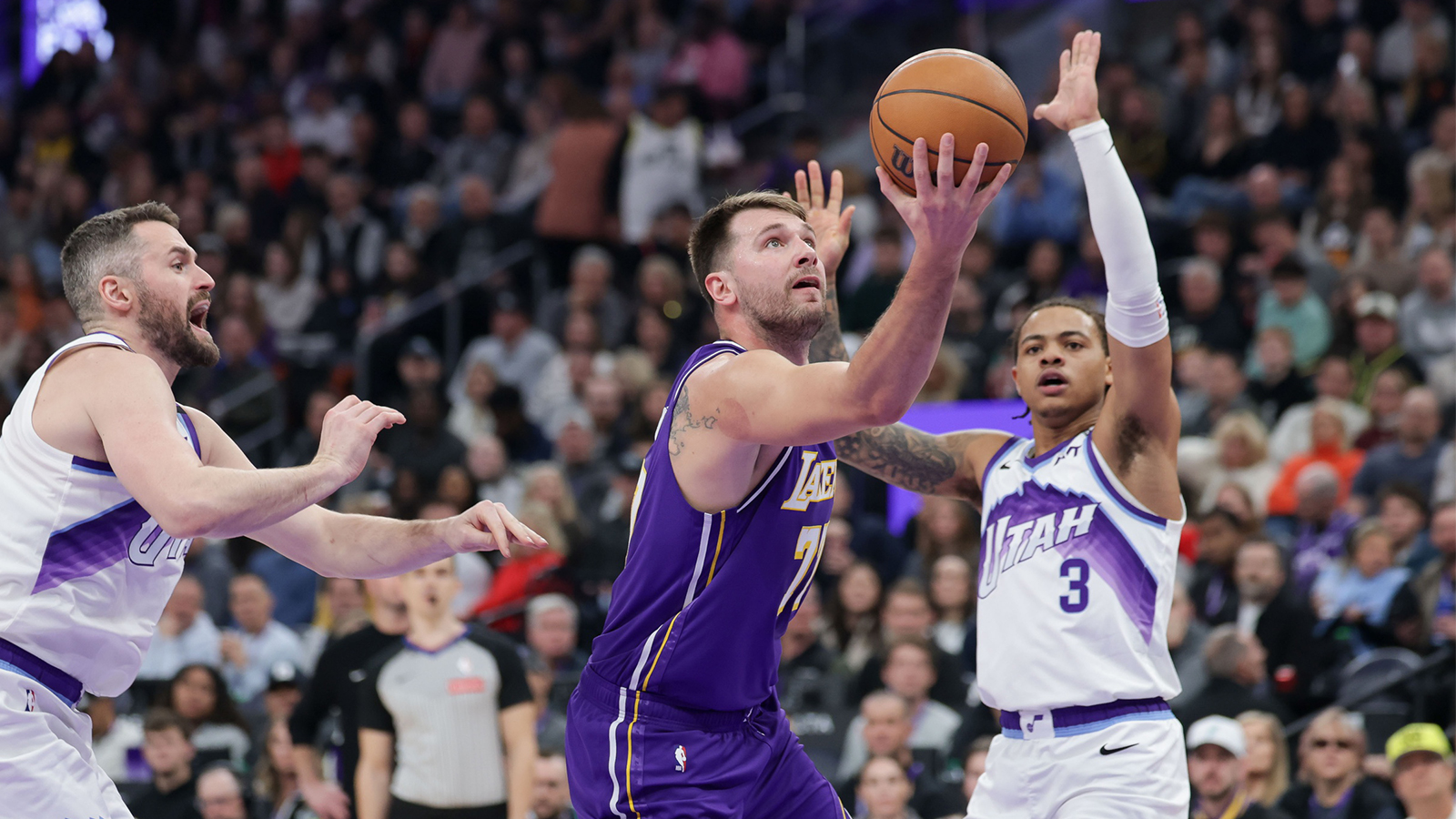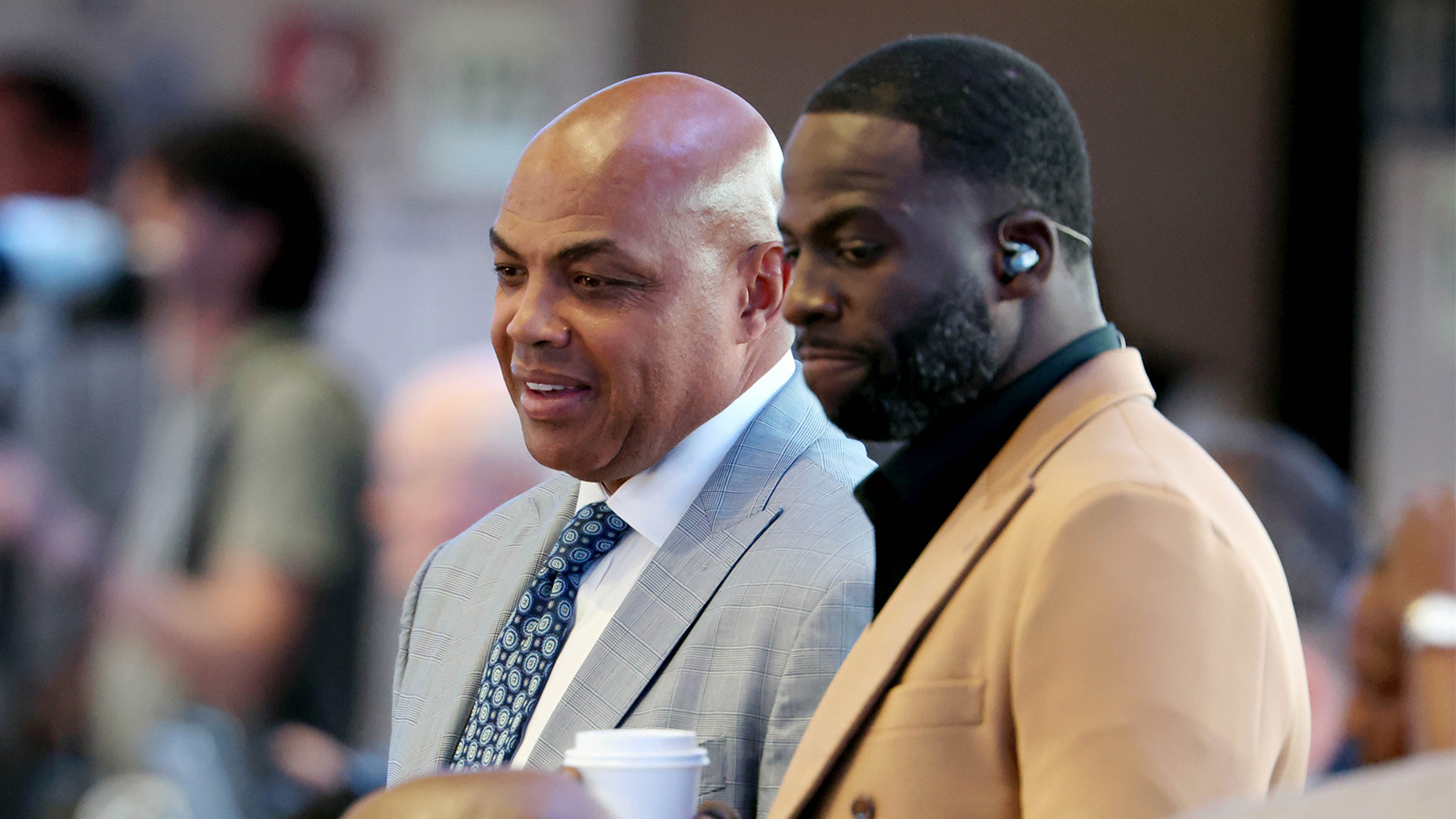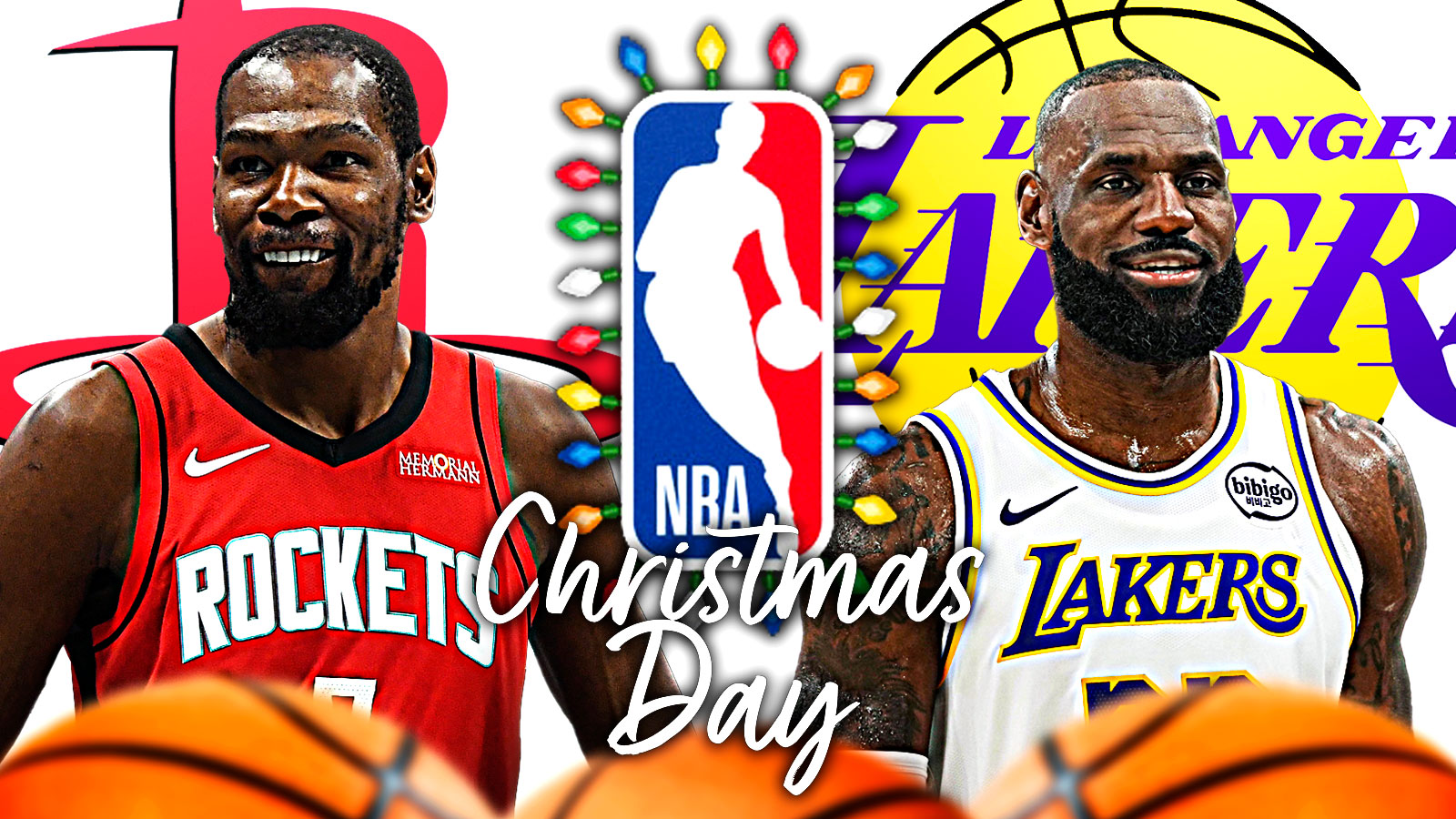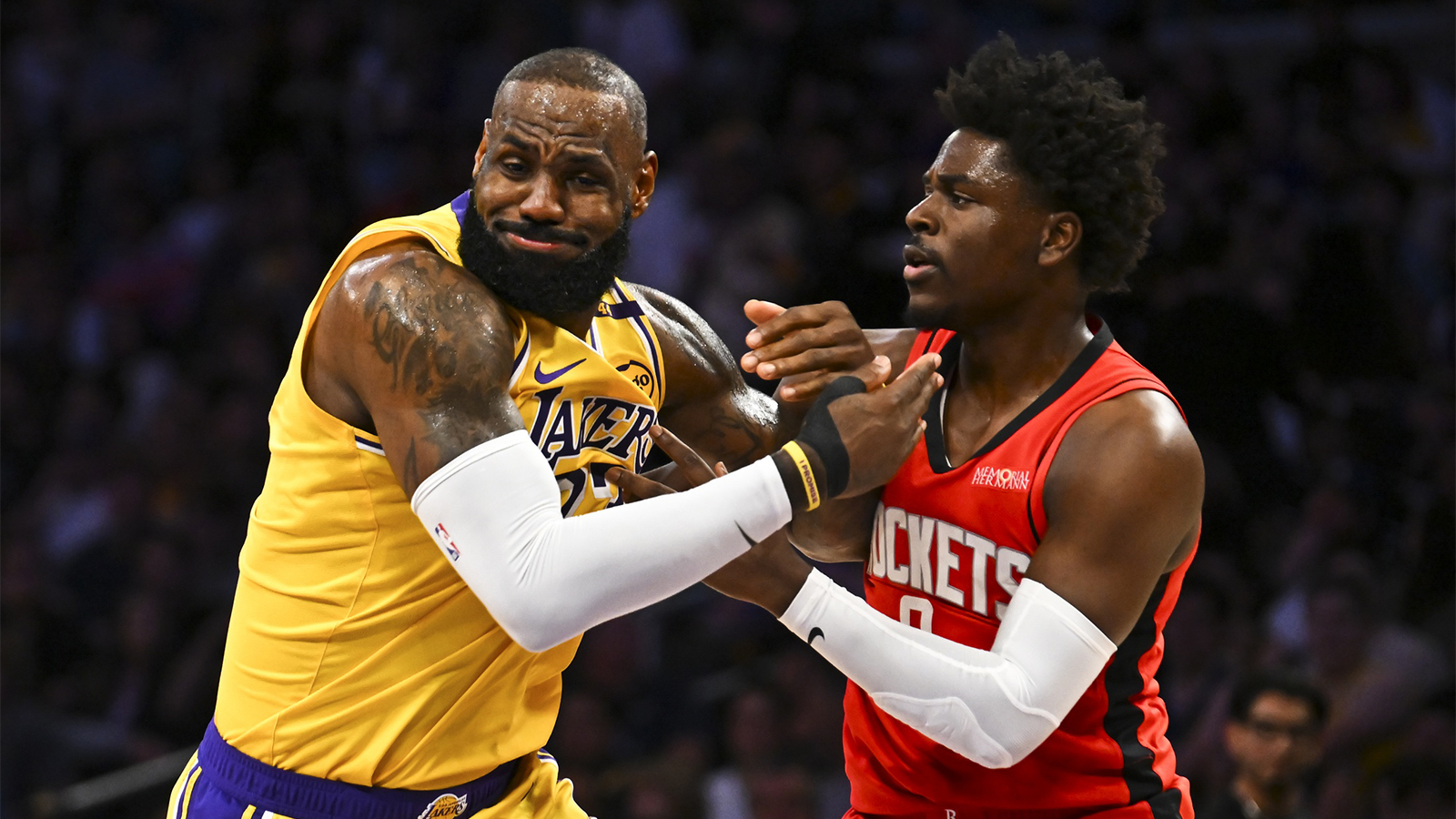Dude Perfect released a viral video three years ago of basketball player stereotypes, and many if not all of them were poignantly accurate. I thought this idea could easily be extrapolated to include a few more categories using current or former NBA players as examples. This extremely professional and comprehensive list is the result. Enjoy.
NBA Player Stereotypes:
“The Rage Monster”
Everyone knows that one player who gets angry over everything, screaming and blaming teammates, even when things are going his way. These NBA players fit this role:
#1-DeMarcus Cousins– Boogie Cousins isn't quite the jovial dancer that his name implies. A well-known fact about Cousins is the ridiculous amount of technical fouls he has been assessed since entering the league in 2010, 108 to be exact. In fact, Boogie has incurred the most amount of technical fouls in a season since the infamous Rasheed “Ball Don't Lie” Wallace. Many of these techs can probably be attributed to the fact that Cousins was drafted and played for the Kings for six straight losing seasons. The Kings have long been recognized as one of the most inept organization in the NBA next to the New York Knicks and Orlando Magic. Cousins' anger, immaturity, and ultra-competitive nature are the reasons that he lands in the “Rage Monster” category.
#2-Draymond Green– Draymond is one of the most well-known players in the NBA at this point and his passion/anger are always clearly visible. Draymond plays with a fiery rage, and that emotion spills over onto his unwitting teammates from time to time. Draymond has had a few well-known incidents such as a profanity-laced tirade at halftime of a 2016 regular season game against the Thunder, or the incident last season when he screamed at Kevin Durant during a timeout for at least a minute and continued to badger him about his shot selection.
#3-Russell Westbrook– Westbrook, like Draymond Green, plays with the ultimate chip on his shoulder (and not just because Kevin Durant left him for a more attractive and younger prospect). Westbrook plays with a fierce rage focused on destroying any player or team who dares to think that they can stop him. Westbrook takes it extremely personally whenever someone scores on him, and his anger and rage are always easily apparent, no matter what else is happening.
“The Dribbler”
Everyone knows that one basketball player who can't or simply won't stop dribbling the ball. These players get the rock and pound the air out of it until the ball is flatter than a pancake. Without further ado, let's get to NBA players who define “The Dribbler”.
#1- Kyrie Irving– Uncle Drew is a spectacular player because of his dribbling and absolutely mind-boggling handles, but if we're being honest he sometimes does his teams a disservice by over-dribbling and using up far too much of the shot clock, and then finally resorting to contested shots in isolation (wait, is Kyrie even capable of scoring when he's not isolated? Does a tree make noise when it falls if no one else is around to hear it?). All memes and jokes aside, Kyrie is a transcendent talent, but his talents don't always translate to a winning brand of basketball. Defense is much easier to play when you know beforehand that when an individual player gets the ball, he will more than likely end up taking the shot himself. Passing will always be the key to open shots at all levels of basketball since it forces the defense to shift and make decisions on the fly usually resulting in an open shot for a teammate when the defense over commits.
#2- Jamal Crawford– Much like Kyrie Irving, Jamal Crawford's insane ball-handling abilities often lead to over-dribbling and a stagnant offensive possession when he touches the ball. Crawford's nickname is J Crossover for a reason, but his ability to break anyone down off the dribble combined with his silky smooth jump shot lead him down a rocky path rife with contested jump shots and generally inefficient basketball with his other four teammates standing around praying that Jamal miraculously passes them the ball or starts heating up and hitting all his shots, contested or not.
#3- Brandon Jennings- Brandon Jennings’ career has been on a steady decline (but don’t tell him that) since he left the Bucks. Per NBA.com’s stats, Jennings averaged 22.2 minutes per game last season for the Wizards and touched the ball an average of 54.2 times a game. Additionally, Jennings held the ball for 4.53 seconds per touch while also averaging 4.76 dribbles per touch. These numbers are shockingly bad since Jennings basically dribbled for over a fifth of the shot clock each time he touched the ball. To be fair, Jennings was the backup point guard on his two teams last season and probably had to bring the ball up the court, but those statistics are still absolutely unacceptable. At this point in his career, teams should be extremely wary of Jennings’ exuberance for bad shots that end up hurting his team’s efficiency and chances to win basketball games.
#4- James Harden– James Harden became the de facto point guard for Mike D'Antoni's SSOL Rockets offense from this past season, but his new role as the primary ball handler on each possession he is in the game led to a lot of dribbling and 1 on 1 basketball. As a result, Harden handled the ball a lot more and ended the season averaging 11.2 assists per game. That is a gaudy assist number, especially for a guy who also scored 29 points per game, but what isn't as gaudy is the nearly six turnovers a game that Harden averaged. I believe that this is the primary reason that D'Antoni and the Rockets front office made signing Chris Paul such a priority this offseason. With CP3 taking over ball-handling duties on probably at least half of the Rockets' offensive possessions, the team is hoping that Harden will have more energy to spend on the defensive end, while also saving some energy for the fourth quarter when it will be time for Harden to pull out his endless bag of tricks (all somehow ending in a step-back jumper) and close the game out. It became clear during the NBA playoffs that the regular-season strategy that worked so well for the Rockets was falling flat on its face. In the Spurs/Rockets series this past year, the Spurs game planned on letting Harden do everything he wanted, but making sure that no one else was doing anything of value, and it worked to perfection with Harden clearly getting more and more exhausted as the games and the series wore on. Dribbling and creating open shots for a team as much as Harden did will absolutely exhaust you and leave you spent by the time the 4th quarter rolls around (take LeBron in this past year's Finals or the 2015 NBA Finals for example).
“The Ballhog”
Much like “The Dribbler”, the ball hog will take every shot he can get, even the most ill-advised shots. Many of the players who made the cut for “The Dribbler” would also fit into the Ballhog role quite nicely.
#1- Carmelo Anthony– Carmelo Anthony has long been notorious for his jab steps and isolation scoring and for never passing the ball and taking far too many shots. When doing some more in-depth research, Carmelo Anthony absolutely fits the bill of a ballhog player. Carmelo has averaged nearly twenty shots per game over the course of his NBA career with a USG rate of 31.4%. At the same time, Anthony has also averaged a career AST% of 16.2. Carmelo will often get the ball and digest it for the next fifty hours before he passes it on. During the 2012 NBA season, Carmelo averaged the greatest discrepancy ever recorded between USG rate and Assist percentage. The Knicks scheme that year definitely relied on Melo to take over the scoring for the team, so we can't blame him too much since this was also the best team Carmelo has ever been on. Regardless, there are definitely a number of possessions each game where Carmelo could find an open teammate instead of shooting it himself, but elects to shoot it anyways.
#2- DeMar DeRozan– It's no secret that DeMar DeRozan shoots the ball. A lot. DeRozan loves his midrange game and his ability to slash to the rim leaves opposing defenders with no choice but to respect his drive and give up the jumpshot. Unfortunately, DeRozan can't seem to help his teammates score when he gets the ball with a career average AST percentage of 14.7 and a career USG percentage of 26.7%. Additionally, DeRozan is the bad type of ball hog who doesn't really score that efficiently given the number of shots he takes. DeRozan owns a career True Shooting Percentage of 53.3%. DeRozan's efficiency and ballhogging struggles comes from the fact that DeRozan isn't a gifted passer and hasn't developed his game to better involve his teammates (some of this can probably be attributed to the fact that Kyle Lowry has always been the primary ball-handler and shot creator for the Raptors) and doesn't have 3-point range in his repertoire (hopefully he develops that aspect of his game this offseason).
#3- Andrew Wiggins– Andrew Wiggins has only been in the league for three years, so he isn't quite developed as a player. However, Wiggins' current playstyle is the quintessential ballhog. This past season, Wiggins had a USG rate of 29 percent alongside an AST percentage of 10.6. Basically, Wiggins used about 1/3 of his team's offensive possessions but only assisted on 10% of his team's made field goals, a number that has to go up much higher if he ever wants to be the generational superstar he was hyped as after playing one year with Kansas. When Wiggins receives the ball, he often isolates for a mid-range jumper or a dribble-drive and his offensive repertoire doesn't really involve getting his teammates in on the action. However, every NBA fan who has watched Wiggins over the past three seasons quickly recognizes how much raw potenial and athleticism is primed, ready to burst from his wiry 22-year frame. Wiggins is a ballhog right now, but as his game develops and the Timberwolves improve as a team over the next few years, I'm sure his AST percentages will climb steadily until he is the type of ballhog that contributes to winning basketball like LeBron James and Chris Paul.
“That Guy Who Doesn't Play Defense”– Everyone has played basketball at some level with that one person who refuses to play defense entirely, either by letting players drive by with little to no resistance, or dying on picks and not attempting to fight through them to stay with their man. Another common fact about these individuals who don't play defense is that they never run back on D when their team misses a shot or turns the ball over, they're either walking or slowly jogging back while their team tries to sort out a five on four situation, leaving someone on the opposing team completely open for quality shots.
#1- James Harden– When there are multiple minutes-long highlight reels of defensive ineptitude and general laziness on that side of the floor, there is a serious problem. James Harden is notorious for his inability or unwillingness to play. In fact I've seen fans been to nickname James Harden because there is very little to no D in his game. Harden constantly gambles on defense when an opposing player tries to take him 1 on 1, leaving them open shots at the rim or picking up a dumb foul himself. Harden will also often get completely lost on defense, losing track of his mark when the Rockets are playing man defense and not zone. Harden will act like there is help coming behind him when there actually isn't, and he ends up giving up easy layups repeatedly simply because he gets caught sleeping and can't or won't recover in time.
#2- Ryan Anderson- Ryan Anderson is widely regarded as one of the worst perimeter defenders in the NBA. Anderson’s complete lack of lateral quickness and general lack of foot speed makes it nigh impossible to keep him on the floor without three or four other plus defenders playing alongside him. Luckily the Rockets had the personnel to do this last year fielding Anderson in lineups that featured Trevor Ariza, Patrick Beverley, and Clint Capela to cover for his ineptitudes on the less glamorous side of the court. Additionally, Anderson is a terrible offensive rebounder for his height and doesn’t clean the glass well at the Power Forward position that he plays.
#3- Enes Kanter- Enes Kanter has a well-earned reputation as one of, if not the worst defender in the league. Kanter has a polished offensive game, but he was basically unplayable for the Thunder last season in lineups that didn’t include two or more defensive-minded players like Andre Roberson (we’ll get to him later) or Steven Adams who plays the Center position just like Kanter. These lineups killed all spacing the Thunder had last season since Kanter, Adams, and Roberson are incapable of hitting 3-point shots and stretching defenses. This in turn allowed opposing defenses to collapse into the paint forcing Russell Westbrook to drive into multiple defenders in order to score at the rim.
“That Guy Who Gives Maximum Defensive Effort because He Can’t Do Anything Else Effectively”
#1- Tony Allen- Tony Allen is a renowned ballhawk and an amazing defensive player, but he fits the above description to a tee. Last season, the NBA average for effective field goal percentage was 51.4%. Tony Allen’s effective field goal percentage over the course of his NBA career is 48.6%, nearly a full three percentage points lower than the league average NBA player. Allen’s shooting splits tell the real story. Allen has shot 28% from distance on average over his 13 NBA seasons which is a travesty considering the growing importance of floor spacing in the NBA. Many teams would openly game plan to leave Tony Allen as many wide open shots as possible because besides being an awful shooter from range, Allen also struggles to make foul shots. Over the past four season with the Grizzlies, Allen has never shot over 65% at the line which explains how his effective field goal percentage is so low. Simply put, Tony Allen can’t make the simplest NBA shots: wide-open, uncontested 3-pointers and free throws. Players like Tony Allen are being phased out of the game because two-way players are the future of professional basketball. Players who can only play one end of the court are like dinosaurs in the Yucatan peninsula desperately trying to avoid the many asteroids and meteors hurtling towards earth. The impending doom of one-way players in the NBA is upon us.
#2-Andre Roberson- Andre Roberson is a much younger version of Tony Allen. Roberson is a career 26% three point shooter (he’s only played four NBA seasons) with plenty of room to grow because he’s still relatively young at 25 years of age. The problem was apparent during the Thunder’s regular-season games, but the problem became much worse during the 2016 NBA playoffs as teams would religiously allow Andre Roberson as much space and as many shots as he wanted that weren’t layups. To make matters worse, Andre Roberson shot a ghastly 42.3% from the charity stripe last season, and 14.3% during the playoffs (yes, you actually read that right) on 4.2 Free Throw Attempts per game. If Roberson wants to stay relevant and continue to get paid millions of dollars, he will have to fix his shot and make himself at least a serviceable shooter from the line and beyond the arc.
#3-Bismack Biyombo– Bismack Biyombo is the quintessential Center who gives an impassioned defensive effort on every play, but contributes absolutely nothing to the team on offense. Biyombo never calls for the ball even when he’s deep in the paint with his man sealed. Biyombo always attempts to block shots or foul shooters who drive freely into the paint, so there’s no free layups on Biyombo’s watch. However, Biyombo also struggles to do anything offensively other than set solid screens and finishing alley-oops (much like DeAndre Jordan and Andre Drummond). Bismack is a fine example of a player who knows his limitations on offense and works five times as hard on defense as a result.
*All Stats and Info courtesy of Basketball Reference and NBA.com








